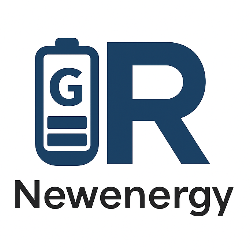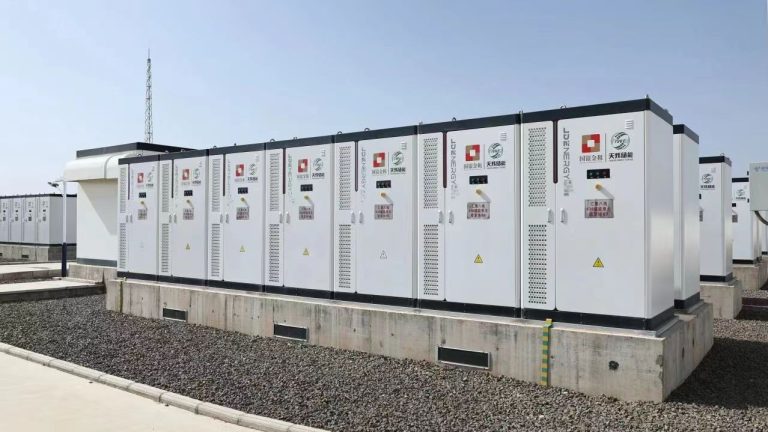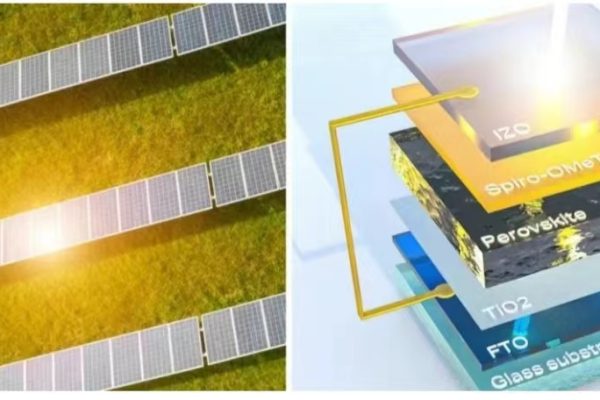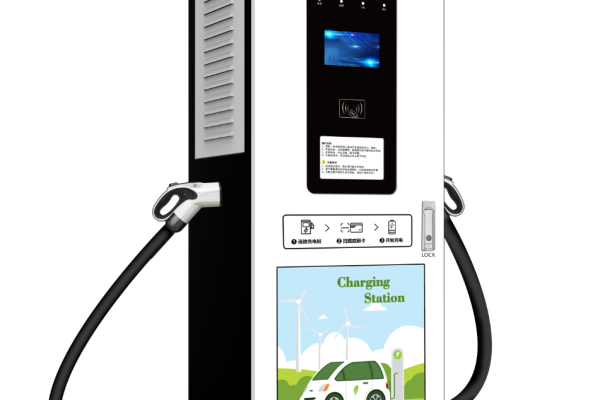A Guide for Energy Storage, Renewable Energy, and Battery Energy Storage Systems (BESS) Suppliers
In the energy storage and renewable energy industry, pricing is rarely static. The costs of lithium, cobalt, nickel, vanadium, and graphite shift constantly due to supply-demand imbalances, geopolitical risks, and processing bottlenecks. These fluctuations directly affect the cost of battery energy storage systems (BESS).
For suppliers and integrators, one of the toughest questions is:
Should quotations include a Price Adjustment Clause (PAC)?
Buyers demand price certainty. Suppliers face cost volatility. The balance lies in how you structure quotations, communicate risk, and maintain long-term trust.
What Is a Price Adjustment Clause (PAC)?
A Price Adjustment Clause is a contractual term that allows the quoted price to change if raw material or currency fluctuations exceed a certain threshold.
Example:
- “If lithium carbonate prices rise by more than 10% compared to the date of quotation, system prices may be adjusted accordingly.”
PACs protect suppliers from unexpected cost increases but can make buyers hesitant.
Why PACs Matter in Energy Storage
1. Raw Material Volatility
- Lithium carbonate prices quadrupled between 2020 and 2022.
- Cobalt and nickel markets are prone to sudden spikes.
- Vanadium prices surged in 2018, affecting flow battery adoption.
Without PACs, suppliers may absorb unsustainable losses.
2. Long Lead Times
BESS projects often involve:
- 3–6 months of negotiation and design
- 6–12 months of production and delivery
During this time, raw material costs can swing dramatically.
3. Buyer Expectations vs. Market Reality
Buyers often ask for fixed prices valid for months. But in volatile markets, fixed pricing without adjustments exposes suppliers to unacceptable risks.
Pros and Cons of Adding Price Adjustment Clauses
✅ Benefits for Suppliers
- Protects margins during raw material spikes
- Encourages buyers to act faster (shorter decision cycles)
- Demonstrates transparency about cost drivers
❌ Risks with Buyers
- Some buyers may see PACs as uncertainty or risk transfer
- Can make quotations less competitive compared to fixed-price offers
- Requires careful explanation to avoid trust issues
How Buyers React to PACs
- Large Utilities and EPC Contractors
- Familiar with PACs in construction and power purchase agreements.
- May accept clauses if they are clearly defined and data-driven.
- Commercial & Industrial Buyers
- Prefer fixed pricing for budgeting and ROI planning.
- May push back against PACs unless justified.
- Government or Public Projects
- Often require fixed-price bids with no adjustments.
- PACs may disqualify suppliers unless tender rules allow.
Best Practices for Structuring PACs
1. Define Clear Triggers
Avoid vague language. Link adjustments to recognized market indexes:
- Lithium carbonate index (Asian Metal, Fastmarkets)
- Nickel and cobalt prices (LME – London Metal Exchange)
Example:
- “Prices will be adjusted if Fastmarkets battery-grade lithium carbonate index moves by more than ±10%.”
2. Use Thresholds and Caps
- Small fluctuations (±5%) are absorbed by the supplier.
- Larger swings trigger adjustments.
- Set a maximum cap to reassure buyers.
3. Limit the Validity Period
- Offer shorter quotation validity (30–60 days).
- This reduces the need for heavy PACs.
4. Offer Alternatives
- Provide both fixed-price and adjustable-price options.
- Buyers can choose based on their risk appetite.
How to Explain PACs to Clients
Instead of saying:
❌ “We can’t give you a fixed price.”
Say:
✅ “We offer stable pricing for 60 days. After that, if raw material prices change significantly, we adjust based on industry benchmarks. This ensures fairness for both parties and protects your project from unrealistic risk.”
Key Communication Tips
- Use data and charts to show past raw material volatility.
- Emphasize fairness: PACs share risk rather than shifting it entirely.
- Show flexibility: fixed-price options may be possible for faster deals.
Alternatives to PACs
Not all buyers accept PACs. Consider:
- Hedging: Partner with suppliers who hedge lithium or nickel contracts.
- Buffer pricing: Add a small cost buffer to absorb short-term swings.
- Currency clauses: If USD exchange rates are the main risk, add FX adjustment terms instead of raw material PACs.
- Tiered contracts: Offer discounts for quicker commitments to reduce exposure.
Example PAC Structures
| Clause Type | Example Wording | Buyer Impact | Supplier Protection |
|---|---|---|---|
| Index-Based | “If LME nickel prices rise/fall >10%, prices will adjust proportionally.” | High clarity | High protection |
| Time-Limited Validity | “Quotation valid for 45 days only.” | Simple | Medium protection |
| Hybrid | “Fixed price for 60 days; beyond this, prices adjust if lithium rises >15%.” | Balanced | Balanced |
In the energy storage, renewable energy, and BESS industry, price adjustment clauses are not just a legal detail—they are a strategic tool.
For suppliers, PACs protect against raw material volatility and ensure sustainable operations. For buyers, PACs must be transparent, data-driven, and fair to be acceptable.
The key is not whether to include PACs, but how to communicate them. Suppliers who explain clearly, provide options, and back their clauses with market data will build trust, even when costs are rising.
In a volatile market, the most trusted suppliers are not those who promise unrealistic fixed prices, but those who balance transparency, flexibility, and risk-sharing.









